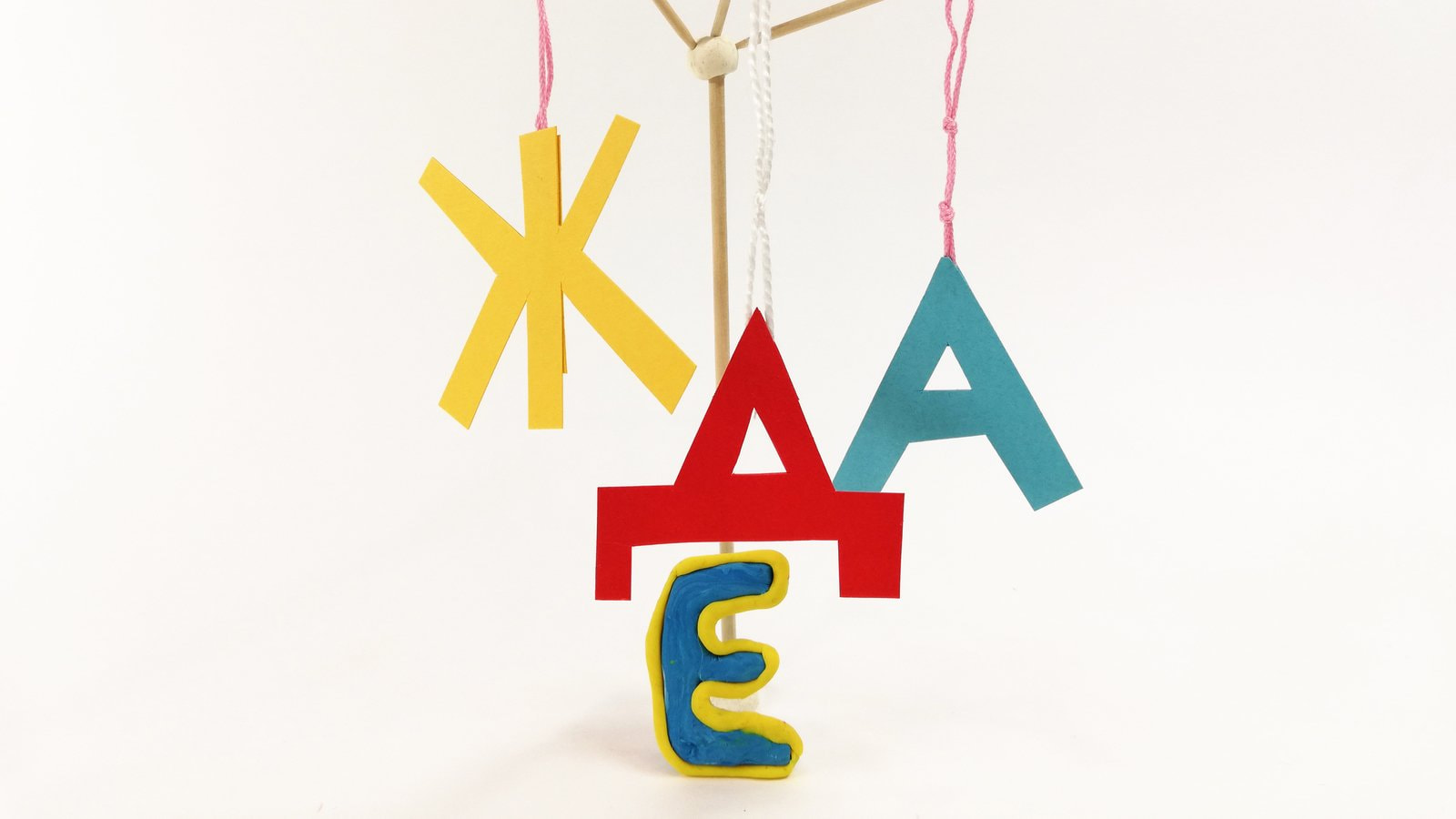Three different ways to convey a secret message: DIY instructions inspired by the show Sekretiki
Along with Rimma and Valery Gerlovin’s poetry cubes, there are many other artworks dealing with mysteries and secrets on view at the exhibition Sekretiki: Digging Up Soviet Underground Culture, 1966–1985.
For example, Dmitry Alexandrovich Prigov has made Small Coffins of Rejected Verses—two paper sheets tightly fastened with braces to each other. What is hidden between them remains a mystery. The artist, indeed, might have put his poems in there, but maybe there is actually nothing inside! In any case, such an improvised envelope is an excellent way to convey a secret message. We invite you to get acquainted with another three ways to deliver hidden messages and create a secret comic strip, a rebus and a postcard!
Way #1: Comic Focus
Artists often embed multiple meanings in their creations. To reveal these meanings, one can both add and remove elements, such as images, phrases, or even the tiniest strokes on their painting! A single component of this type can invert the plot completely, just as it happened to this painting by Viktor Pivovarov.
We invite you to “play with meanings” and make a strip with two plots!
You will need a sheet of paper, two color marker pens (a bright and a pale one) and a semitransparent brightly colored piece of plastic (a portfolio will suit perfectly). Check in advance that the bright marker shines through the plastic and the pale does not.
Invent a story with a plot that can be divided into three or four strip cartoons. The story should contain some unobvious component (text or image) that has to be drawn with the pale marker pen, and that could be seen only by removing the plastic layer.
For inspiration, get to know birdie and caterpillar, the heroines of the comics. If you look at them through plastic, you can see the following story:

But having removed the plastic, the caterpillar will turn into a butterfly!

Create your own story of instant transformation! It can be a story of a donkey who turns out to be a unicorn, or an ugly duckling growing into a beautiful swan. Share your comics via social media using the hashtag #driftaroundtheflat.
Way #2: 3-D Rebus
Do you know how to solve pictorial puzzles—riddles that are encrypted using a combination of letters, digits, figures or signs? Many rebuses are based on the interplay of spatial relations, with letters located below, above, behind or inside each other! Try to unravel the words below:



Rebuses can be three-dimensional. Use color paper, pencils and marker pens, wooden skewers, modelling clay and thread to make rebus installations that are really difficult to materialize on a plane.

Look for inspiration in our examples, come up with three-dimensional puzzles and share them on social networks with the hashtag #driftaroundtheflat.
Way #3: Secret Message
How do you encode a love message or a friendly greeting using wax crayons and paints? The technique of scratchboard, also known as grattage, will help.
You will need a blank sheet of paper, a pen or a felt-pen, a light-colored wax crayon or a candle, gouache, a coin or a small stick.
Draw or write your message on the paper. Rub the sheet with the crayon or candle. Then paint over the sheet with a dense layer of gouache, so that there are no “bald spots” remaining. Done! When the paint dries, you can deliver your message to the addressee. They will get such a postcard:

To read the message, they will have to erase the protective layer, which can be done using a coin, a stick for scratching or a straightened paper clip:

Share the resulting postcards via social media with the hashtag #driftaroundtheflat.
